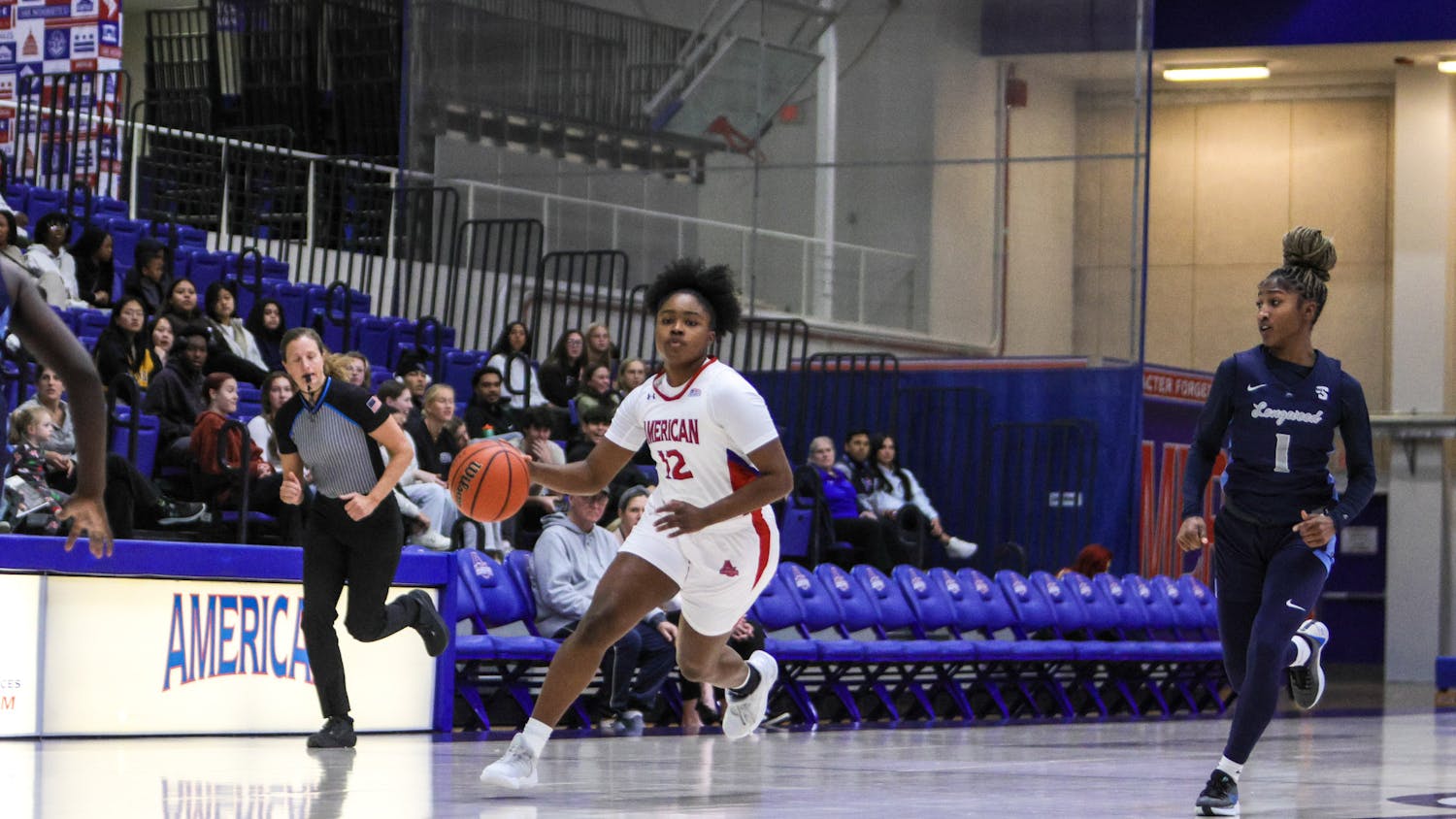Even though American University is unable to bring all students back to campus, University plans are still being made for the future. As reported by The Eagle, the University released an updated version of its 10-year plan beginning in 2021. The major changes proposed in the over 200 page document include a sound barrier along Jacobs Field; renovations to MGC, Bender Library and Kay Spiritual Life Center; and a plan to add more and improve housing on campus. This plan has received approval from the AU Neighborhood Partnership, and has generally involved more community stakeholders outside the University.
This campus plan is yet another example of the University potentially missing student priorities in favor of other agendas. Renovations to MGC are encouraging, as we agree that students need a real communal space. The University can often encourage students to maintain their silos without a central and friendly space for community building. Similarly, renovations to other community spaces like Kay and Bender Library are welcome.
Where some of these renovations are questionable is campus housing. The University is hoping to build more space for on-campus housing as enrollment increases. The University’s goal is to provide modern amenities at competitive prices with common student apartment complexes. This is an effort to try to ensure that a higher percentage of students don’t decide to live off campus, affecting local residents.
However, these measures don’t solve the problem of why so many students move off campus: It is often cheaper to do so. Unless the University plans to make these new, modern apartment-style dorms significantly less expensive than the current price of dorms, the problem of affordability still remains. The students who would most benefit from continuing to live on campus, international or low-income students who face challenges in securing off-campus housing, are not likely to be able to afford fancy on-campus housing at the current price points of popular upperclassmen dorms. Whether this housing is to attract upperclassmen students to stay or to add more beds for larger, tuition-paying freshmen classes, is unclear.
Even more notably absent, as first reported by The Blackprint, the plan currently proposes removing Roper Hall, which had previously been announced as the site for long-awaited Black Affinity Housing on campus. There have been assurances that Black Affinity Housing will still be provided, but no specification on where that will be on campus has been released.
While it is likely that Roper Hall would be replaced by housing that is better designed and adds more beds to the University, the lack of transparency and plan about where Black Affinity Housing would go is, at best, thoughtless. Black student activists at the University have been advocating and fighting for this housing for years, and for the identified location to potentially be written off with no plan is harmful. This is not a topic that the University can just provide assurances for follow through, as the Black student community deserves much better than promises that have already not come true.
This campus plan asks the question: Will the housing just be moved from the worst dorm on campus to the next worst dorm? Black students have worked too hard for the University to finally agree to this housing option to be given so little information now.
The potential for unintended consequences is significant with the construction plan. Building a sound barrier wall seems like a strange solution to neighbor complaints when the field has been utilized for sports games for years. While these projects will likely start after many of us current students are gone, the last couple years of construction have been a challenge. There is now a pause on construction projects, but few students are around to enjoy the benefits of a quad without tunnels of dirt. As previously reported by The Eagle, campus construction has often harmed the ability of differently-abled campus members to get around, and we would hope that this time the University would make a real effort toward keeping accessibility a priority.
While these plan updates were released ahead of the new year, these are, obviously, not normal times. The coronavirus pandemic has had a significant impact on the University’s financial situation, which makes many of these proposals concerning. With tuition prices for future years up in the air, more information on if potential increased tuition will go toward campus construction is necessary. It is confusing for students to hear from the administration about the dire straits of University finances, and then be told about a dream construction plan.
The next 10 years will see significant changes to higher education, especially in the wake of the pandemic. While there are great ideas in this University plan draft, especially improving communal campus spaces, much has been left unclear. Without the transparency on a Black Affinity Housing plan and cost management, the plan leaves student priorities aside.





